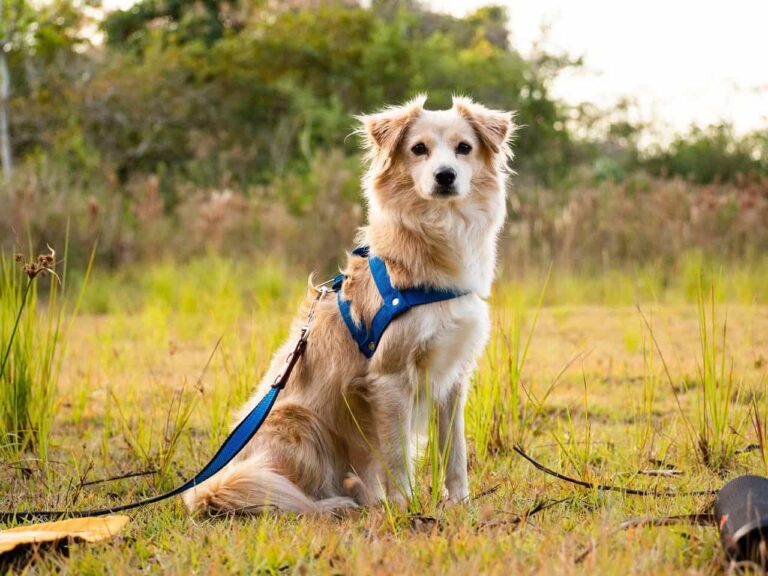Leash training is a fundamental skill that helps ensure enjoyable, safe walks with your dog. While many training methods exist, one factor stands out as especially crucial: consistency. Establishing a clear routine and maintaining steady, predictable expectations can dramatically improve your dog’s leash manners.
This article explores why consistency and routine are vital in leash training and offers practical tips to implement them effectively.

Why Consistency Matters in Leash Training
Dogs thrive on predictability. Their learning is based on associations, and inconsistent signals can confuse or frustrate them. When you’re consistent with leash training:
-
Your dog learns what behavior is expected
-
They understand the consequences of their actions
-
Training progresses faster because cues are clear
-
Your dog feels more secure and confident
Inconsistent leash training — such as sometimes allowing pulling, sometimes stopping, or changing commands — undermines your dog’s ability to learn and maintain good habits.
How Routine Supports Successful Leash Training
Routine creates structure. When your dog knows what to expect during walks and training sessions, it reduces anxiety and improves focus. For example:
-
Walking at the same time each day establishes a predictable schedule
-
Using consistent commands like “heel,” “let’s go,” or “wait” helps your dog associate words with actions
-
Keeping training sessions short but regular maintains engagement without overwhelming your dog
Regular, routine practice builds muscle memory and strengthens the bond between you and your dog.
Practical Tips for Building Consistency and Routine
1. Use Clear and Consistent Commands
Choose simple, distinct verbal cues and use them the same way every time. Avoid mixing words that might confuse your dog.
2. Stick to a Schedule
Try to walk and train your dog at similar times each day. Consistency in timing helps your dog anticipate and prepare mentally for the activity.
3. Reinforce Desired Behavior Immediately
Reward your dog promptly when they walk politely on leash or follow commands. Delayed rewards can weaken the connection between behavior and consequence.
4. Keep Training Sessions Short and Frequent
Short, focused sessions several times a day are more effective than long, sporadic ones. This approach helps maintain your dog’s attention and motivation.
5. Set Boundaries and Enforce Them Every Time
If you don’t allow pulling during one walk, don’t permit it on another. Mixed messages slow progress and can lead to frustration.
What Happens Without Consistency
Without a consistent approach, dogs can become confused about what is expected. This may lead to:
-
Increased pulling or erratic behavior on leash
-
Difficulty generalizing good behavior in new environments
-
Heightened frustration or anxiety during walks
-
A longer, more challenging training process
Consistency creates a clear framework that helps your dog succeed.
Transform your dog’s behavior and strengthen your bond—for life.
At Off Leash K9 Training Houston, we understand that no two dogs (or owners) are alike. That’s why our training programs are fully personalized, whether you need help with jumping, leash pulling, anxiety, aggression, or off-leash obedience.
We’ve worked with thousands of dogs and know how to create real change through consistent, proven methods. If you’re ready to enjoy walks without pulling, stress-free visitors, and a dog that comes when called, give us a call at 979-308-3452 today.

